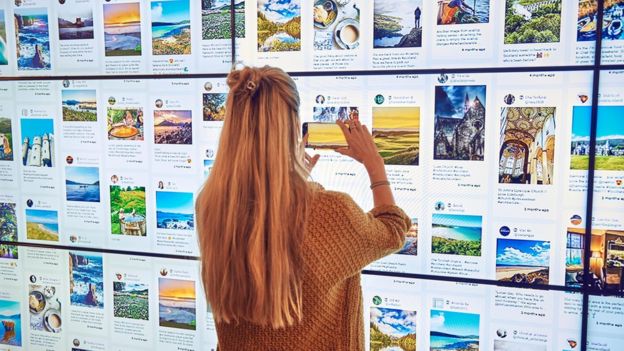Stackla Article in TTG
By Justyn Barnes via ttgmedia.com
In October, the #ScotSpirit Instagram Travel Agency opened in London, the world’s first travel store to display only user-generated content, with a floor-to-ceiling digital Instagram wall of inspirational consumer photos and comments.
 The location was actually just a pop-up store that was part of a two-week-long campaign by VisitScotland just before World Travel Market London opened its doors. But the Instagram-only agency reflects the current trend of people building their own holidays entirely around other people’s photos.
The location was actually just a pop-up store that was part of a two-week-long campaign by VisitScotland just before World Travel Market London opened its doors. But the Instagram-only agency reflects the current trend of people building their own holidays entirely around other people’s photos.
The influence of user-generated content (UGC) is clearly on the rise. Referring to the pop-up store at the Genesys Summit at WTM London, Andy Mallinson, managing director Europe, Middle East and Africa at Stackla, declared: “The future is already here.” Stackla is a content platform that specialises in UGC and the company’s mantra is “let customers tell your story”. Indeed, Mallinson made a compelling argument for brands marketing with people rather than at them.
Case for curation
So why curate rather than create? Mallinson identified three compelling reasons: authenticity, personalisation at scale and reduced creation costs.
“The past few years have seen a perfect storm happening,” he said. “A collision of enabling technologies to create a well-established sharing ecosystem. From iPhones and GoPros at the hardware end of the spectrum through to Twitter and Snapchat at the software end, the combination of these enablers means that we are sharing our thoughts, photos, experiences and reviews at an ever-increasing rate. And while the companies, networks and brands in this sharing ecosystem may come and go, the underlying cultural shift is here to stay.”
Consequently, there has been a dramatic shift in consumer behaviour, and marketers are exploiting this. Mallinson illustrated this by comparing an “unreal” advert from the past, featuring a photo of a shiny, happy family with perfectly white teeth on a beach, to a social media post by Stackla’s founder with an equally aspirational photo of him and his kids enjoying a holiday. “Now shiny, happy customers with perfectly white teeth are making content for brands,” he said.
"From iPhones and GoPros at the hardware end of the spectrum through to Twitter and Snapchat at the software end, the combination of these enablers means that we are sharing our thoughts, photos, experiences and reviews at an ever-increasing rate"
Mallinson was quick to add that branded content still has a role to play. He cited a study by Beckon Research, which showed a three-times-over year-on-year spending increase on brand-created content as companies try to provide enough content to service demand for increasingly personalised messaging. “But customer stories are genuine and believable. They ignite a passion and inspire action,” Mallinson said. “People are increasingly demanding highly personalised experiences, and brand messages are not cutting through as they used to.”
Permission to post
With so much user-generated content online, surely there’s no problem when it comes to publishing other people’s content? Not so. Stackla’s Andy Mallinson says: “Republishing content on your website that is publicly available on the social web is absolutely fine. But if you are republishing on paid media, it’s a grey area and we strongly recommend to our clients that they rights-manage that content.
As a result, travel companies should reach out to the originator of the content and reply with a specified hashtag, and the rights are then collected and put into a rights-managed library. If there is a complaint – and this is part of the upcoming General Data Protection Regulation – content can be removed immediately.”
Stackla also has a module that allows you to do this in real-time. Mallinson cited a recent #SeizetheHoliday campaign by Stackla client Virgin Holidays, which was rights-managed in this way, allowing the photos sent in by customers to be published the same day on London Underground’s digital ad screens with the time the photo was taken.
